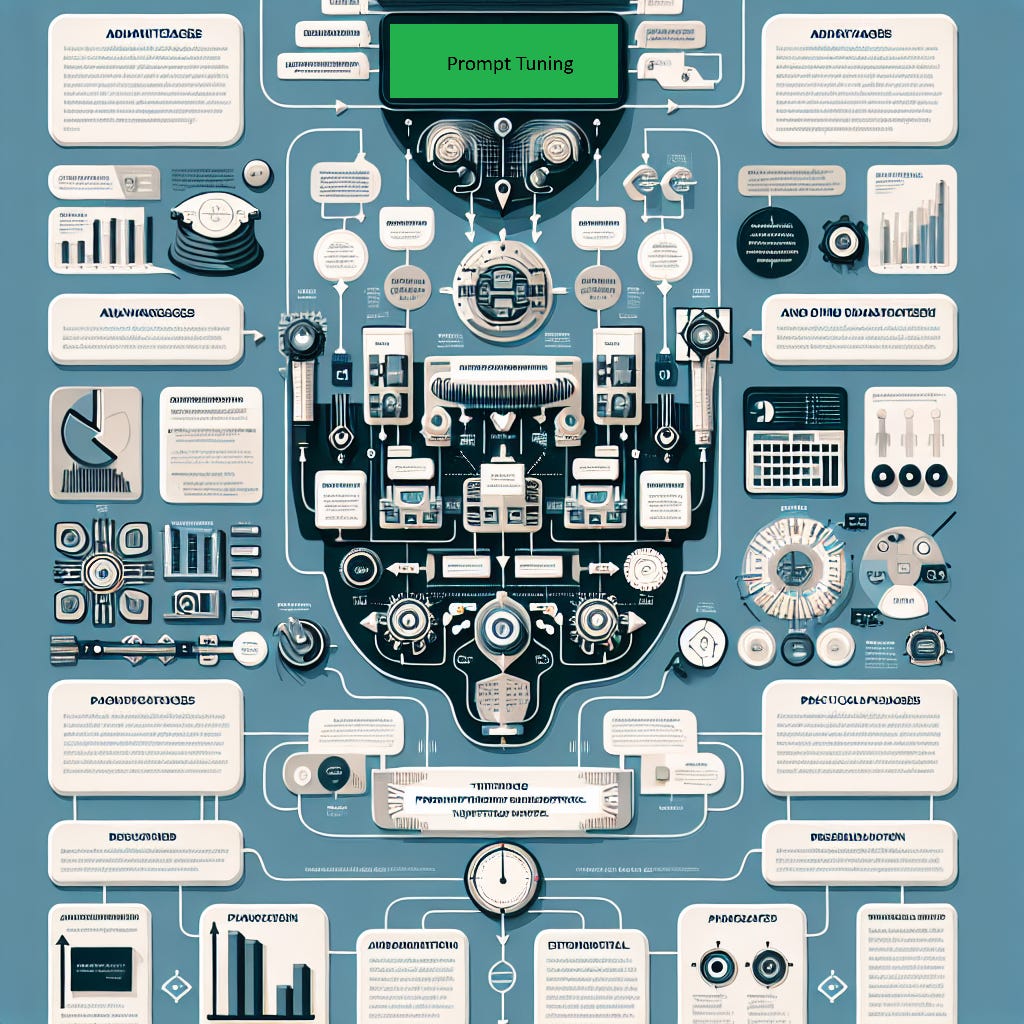Mastering Advanced Prompting Techniques for Large Language Models (LLMs)
In the ever-evolving world of artificial intelligence, understanding how to effectively prompt Large Language Models (LLMs)can be a game-changer. Whether you're a developer, content creator, researcher, or simply an AI enthusiast, leveraging advanced prompting techniques can significantly enhance the quality and relevance of the output you receive.
Today, I'll walk you through various advanced prompting techniques, explaining what they are, when to use them, and providing real-world examples. Let's dive in!
Do note that this is not a comprehensive guide to prompting, but a quick stater kit.
For a detailed explanation I highly recommend this beautiful guide: Prompt Engineering Guide
We can roughly classify the prompting into two categories
Simple - Easy to get started and dont need any coding experience
Complex - The logic, use case and technical skills require basic familiarity with the technology
The Easy
1. Zero-shot Prompting
What it is
Asking a model to perform a task without any prior examples.
When to use it
When you need a quick response on straightforward or commonly understood tasks.
Example
"Translate the following English sentence to French: 'Where is the nearest pharmacy?'"
2. Few-shot Prompting
What it is
Providing a few examples to inform the model about the task.
When to use it
When the task is complex or nuanced and benefits from context.
Example
Translate the following English sentences to French.
1. 'Hello, how are you?' -> 'Bonjour, comment ça va ?'
2. 'Thank you very much.' -> 'Merci beaucoup.'
3. 'I am looking for a hotel.' ->
3. Chain-of-Thought Prompting
What it is
Encouraging the model to reason step-by-step like humans.
When to use it
For tasks that require logical reasoning and problem-solving.
Example
"To calculate the sum of 24 and 17: First, add 20 and 10 which gives 30, then add 4 and 7 which gives 11, now add 30 and 11 to get 41."
4. Self-Consistency
What it is
Generating multiple outputs and selecting the most consistent one.
When to use it
When accuracy is crucial and you want to verify the reliability of the response.
Example
Ask the same question multiple times and choose the answer that appears most frequently.
5. Generate Knowledge Prompting
What it is
Asking the model to generate background knowledge before answering a specific question.
When to use it
For informed and detailed responses on complex topics.
Example
"First, explain the concept of photosynthesis. Then, describe how it helps plants grow."
6. Prompt Chaining
What it is
Using the output of one prompt as the input for the next in a sequence.
When to use it
When dealing with multi-step tasks or building complex narratives.
Example
1. "Summarize the key points of climate change."
2. "Based on that summary, suggest policies to combat climate change."
7. Tree of Thoughts
What it is
Exploring multiple pathways of reasoning or ideas simultaneously.
When to use it
For brainstorming or when you want to consider various perspectives.
Example
"Consider the pros and cons of remote work. Now, suggest a hybrid work model balancing both aspects."
The complex
8. Retrieval Augmented Generation (RAG)
What it is
Using external knowledge databases to enhance the information available to an LLM.
When to use it
For up-to-date or comprehensive data that the model might not have inherently.
Example
"Using the latest research articles, generate a summary on the benefits of intermittent fasting."
9. Automatic Reasoning and Tool-use
What it is
Integrating external tools or reasoning algorithms to assist the LLM in generating answers.
When to use it
For tasks that require specialized knowledge or computational tools.
Example
"Use the calculator API to solve this math problem: 458 + 672."
10. Automatic Prompt Engineer
What it is
Using ML techniques to automatically refine and optimize prompts for the best outputs.
When to use it
When you want to streamline prompt creation for more effective interactions.
Example
A meta-model that tunes your initial prompt to maximize clarity and relevance.
11. Active-Prompt
What it is
Dynamically adjusting prompts based on the context and ongoing interaction.
When to use it
For interactive and adaptive dialogue experiences.
Example
Adapting the prompt based on user feedback or previous model responses.
12. Directional Stimulus Prompting
What it is
Using directional hints to nudge the model towards a specific line of reasoning.
When to use it
When you want to guide the model to produce more focused and relevant content.
Example
"Consider the ethical implications of AI in healthcare. Focus particularly on privacy concerns."
13. Program-Aided Language Models (PALMs)
What it is
Combining LLMs with small specialized programs or scripts for task completion.
When to use it
For enhancing model versatility and task-specific accuracy.
Example
Using a small Python script to preprocess data before passing it to the LLM for analysis.
14. ReAct
What it is
Integrating reflection and action, where the model iteratively assesses its own responses and updates accordingly.
When to use it
For improving response quality through self-assessment and correction.
Example
"Identify errors in the following analysis and correct them."
15. Reflexion
What it is
Allowing the model to reflect on its outputs to identify and correct mistakes.
When to use it
To increase accuracy and reliability through deliberate reflection.
Example
After providing an answer, asking the model, "Is there any part of your answer that might be incorrect?"
Conclusion
Harnessing the power of advanced prompting techniques can significantly elevate your interactions with LLMs, transforming generic outputs into highly customized, accurate, and nuanced responses. Whether you're aiming to improve the precision of task completions, explore complex ideas, or simply get creative, these methods offer a toolbox for optimizing the utility of your AI models.
Have any favorite prompting techniques or strategies of your own? Share your experiences and tips in the comments below!
Happy prompting! 🚀
Note: Parts of this blog have been generated or modified using LLM’s


